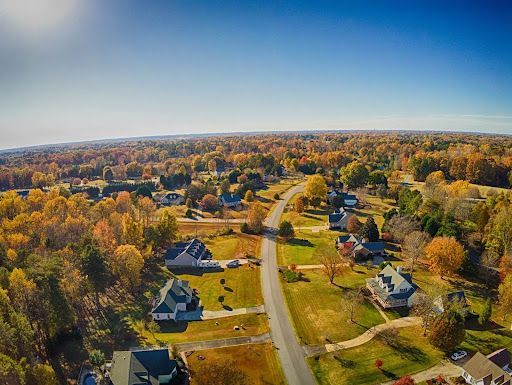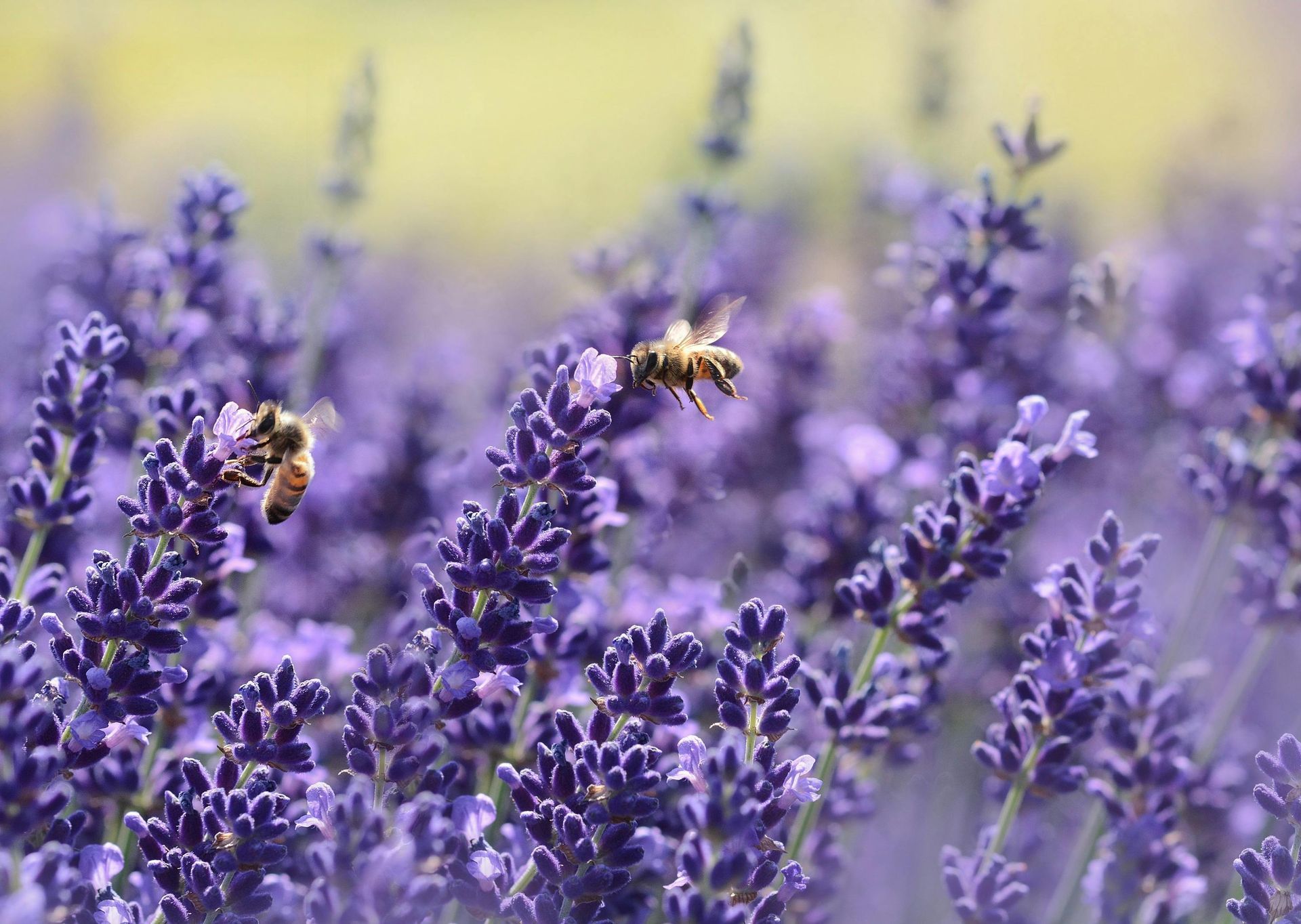Eco-Friendly Pest Solutions with IPM in Nevada Homes
Integrated Pest Management (IPM) is a comprehensive, environmentally responsible approach to pest control. The primary objectives of IPM are to reduce unwanted pests to tolerable levels, to minimize risks to human health, and to reduce environmental impact. Unlike traditional methods which may rely heavily on chemical pesticides, IPM emphasizes a combination of tactics such as biological control, habitat manipulation, and use of resistant varieties. It is a decision-making process that evaluates and incorporates sustainable practices.
When compared to conventional pest control, IPM stands out for its strategic and targeted approach. Traditional methods might not differentiate between harmful and beneficial organisms, but IPM focuses on the long-term prevention of pests or their damage through a combination of techniques. It is rooted in eco-friendly principles, prioritizing natural methods and cultural practices over chemical interventions, and maintaining ecological balance within the environment.
IPM Practices for Nevada Homeowners
In Nevada, understanding seasonal pest patterns is crucial for effective IPM. Certain pests proliferate during specific periods, demanding timely and appropriate responses. Homeowners can manage these patterns using preventive measures such as sealing entry points in the fall to prevent overwintering invaders or introducing natural predators during spring to curb aphid populations in gardens.
Preventive actions in home and garden care are foundational to IPM. By adopting practices like regular maintenance and appropriate waste management, Nevada homeowners can deter pests. Moreover, there are numerous DIY IPM solutions available, such as creating physical barriers, practicing good sanitation, and using attractants or repellents that are non-toxic to manage pests without harming the ecosystem.
Biological Control Methods
Biological control is a critical component within the IPM framework, relying on the use of natural enemies to control pest populations. This method is applied in Nevada by introducing or conserving beneficial organisms like lady beetles and praying mantises, which prey on aphids and other garden pests.
The benefits of incorporating biological control are substantial—reducing dependency on chemical pesticides and enhancing biodiversity. However, it is essential to acknowledge limitations such as the need for expert knowledge to correctly match natural predators with specific pests and the time required for these predators to establish sufficient populations to be effective controllers.
Cultural Practices and Their Impact
Cultural practices are another cornerstone of IPM, particularly significant for Nevada’s diverse agricultural sector. Techniques like crop rotation, sanitation, and habitat manipulation can discourage pest establishment and reduce outbreaks. For instance, rotating crops in Nevada gardens can interrupt pest life cycles, while removing plant debris can eliminate potential overwintering habitats.
Implementing such practices can contribute to a robust and sustainable pest management strategy. Not only do they enhance soil health and reduce plant stress, but they also minimize the need for chemical interventions, thereby fostering a healthier environment for both the flora and fauna within the region.
Chemicals in IPM: A Last Resort
In the IPM philosophy, chemical pesticides are considered the last line of defense. Criteria for selecting IPM-compatible chemical treatments include effectiveness against the target pest, minimal impact on non-target organisms, and a low risk of contributing to pesticide resistance.
Reduced-risk pesticides, which are government-approved for their lower toxicity and environmental impact, are preferred when chemical control becomes necessary. In Nevada, residents might opt for substances like insecticidal soaps or horticultural oils that provide targeted pest control without the broad-spectrum effects of more potent chemicals.
Anti-resistance strategies are vital for maintaining the efficacy of chemical treatments. This involves rotating between different chemical classes, applying them judiciously, and always adhering to integrated strategies that prioritize eco-friendly solutions. Such approaches align with the needs of Nevada's residents who value their health and the preservation of their state's natural beauty.
Real-life Implementation and Misconceptions
Integrated Pest Management, though widely acclaimed, can sometimes be misunderstood. Nevada's success stories, like the management of bollworm in cotton farms, underline IPM's efficacy.
Common myths suggest that IPM is either ineffective or unsafe, but evidence reveals otherwise. For instance, misconceptions that IPM is too complex or costly are dispelled by these real-life examples, emphasizing that well-planned IPM strategies can be both cost-effective and straightforward. Moreover, IPM's eco-friendly approach, focusing on natural controls and minimal chemical use, aligns with the values of Nevada communities that prioritize environmental stewardship.
The Economic Benefits of IPM
When compared to conventional methods, IPM can offer significant economic advantages. Traditional pest control often involves routine pesticide applications, which can be more costly over time than IPM's targeted interventions. Through preventive practices and monitoring, IPM helps avoid the potential overuse of chemicals, reducing the overall expenses.
Long-term financial gains from IPM come in the form of increased biodiversity,
improved soil health, and reduced resistance to pesticides, leading to better crop protection and resilience. The strategic investment in IPM can pay off for Nevada's homeowners and agricultural professionals by ensuring sustainable pest management that supports long-term economic health.
Getting Started with IPM in Your Home and Garden
For homeowners in Nevada looking to adopt IPM, a structured approach can ensure success. Begin by identifying the exact pest problem, and then learn about its habits and life cycles. Using this knowledge, devise a plan that combines physical barriers, cultural practices, biological controls, and, as a last resort, chemical treatments.
Local resources are invaluable for Nevadans embarking on this journey. The
University of Nevada Extension offers a wealth of information and can provide specific guidance tailored to Nevada's unique environment and pest challenges.
Frequent monitoring is crucial to IPM, allowing for adjustments as needed. This responsive approach, coupled with ongoing education, will enable Nevada's residents to maintain an effective IPM strategy, contributing to healthier homes and gardens, and a more sustainable community as a whole.
Embrace a healthier, more sustainable approach to pest control with Natura Pest Control. Our experts are dedicated to providing eco-friendly solutions that align with the principles of IPM. For personalized assistance and comprehensive services that protect both your home and the environment, contact us today.




